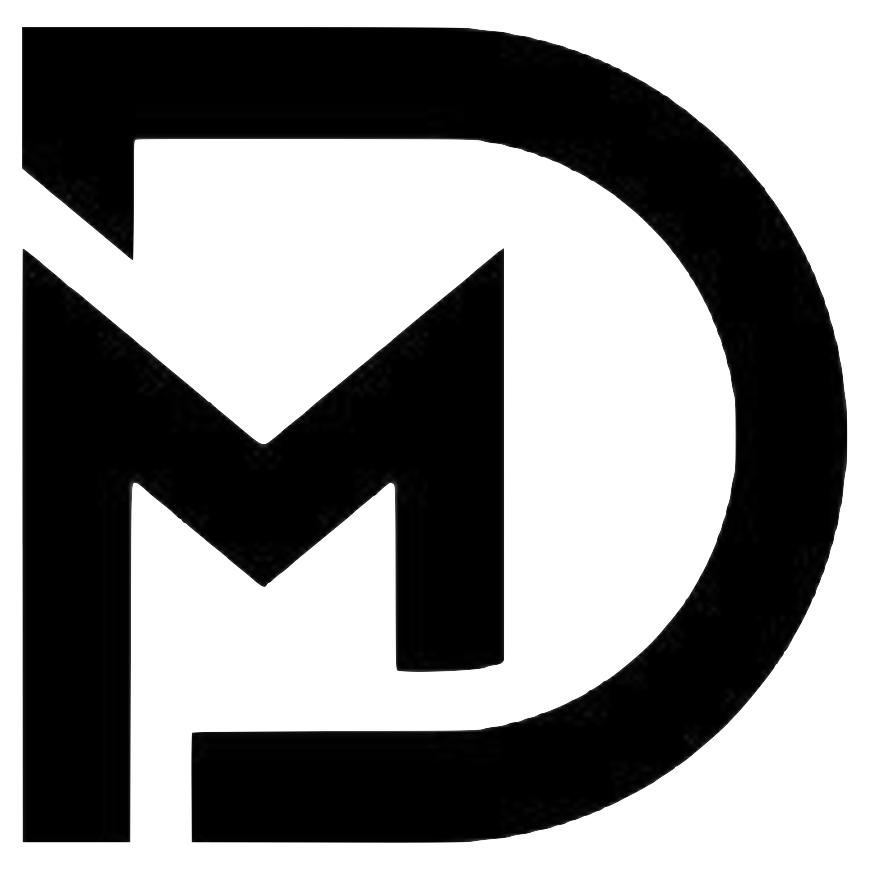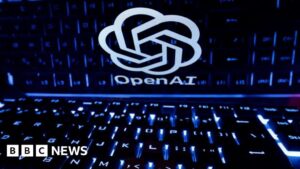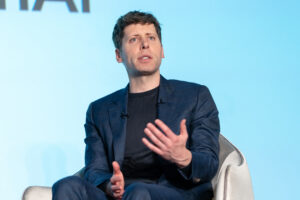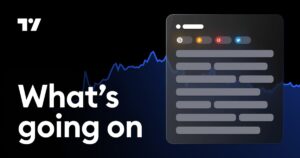Sam Altman’s Ongoing Misunderstanding of AI Art
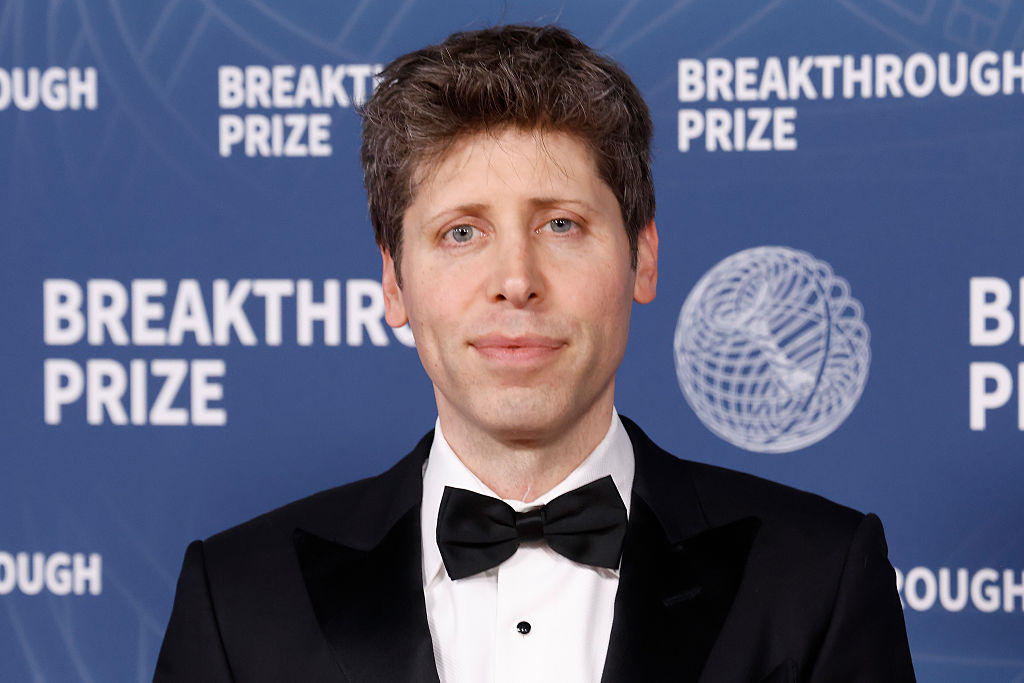
OpenAI Unveils AI Image Generator Inspired by Studio Ghibli
OpenAI recently launched a new AI image generator based on its advanced GPT-4o model. This innovative tool showcases its ability to transform ordinary images into creations reminiscent of the beloved Japanese animation studio, Studio Ghibli. Almost immediately, this feature went viral, with a range of users, from government entities like the White House to military organizations such as the Israel Defense Forces, joining the fun by "Ghibli-fying" photographs. However, the launch was not without controversy, particularly given the views of Studio Ghibli’s founder, Hayao Miyazaki. Miyazaki has long championed hand-drawn animation and previously described AI-generated art as “an insult to life itself.”
Sam Altman’s Response to Criticism
In light of the backlash, OpenAI’s CEO Sam Altman addressed the criticism during a recent podcast hosted by Indian entrepreneur Varun Mayya. Altman referred to AI art generators as tools that democratize the creation of art.
“I think the democratization of creating content has been a big net win for society,” he commented. While he acknowledged that there are negative aspects associated with AI in the arts, he emphasized that, overall, it represents a significant positive change.
Public Sentiment and Concerns
Altman’s perspective mirrors a growing sentiment among AI supporters on various platforms such as X and Reddit. Nevertheless, this sentiment is largely absent on Bluesky, a platform where users have expressed strong criticism against AI tools.
During the podcast, Altman recognized the potential for job loss within the art community due to AI-generated creations. However, he argued that the benefits of lowering the barriers to artistic participation and fostering competition among creators can outweigh those losses, suggesting that even individuals with limited abilities could contribute to art in meaningful ways.
The Quality of AI-Generated Art
The quality of art produced by AI remains a hot topic of discussion. Critics argue that much of this art appears aesthetic but lacks true emotion or intent. Some researchers have pointed out that AI-generated pieces often resemble each other too closely, leading to a "strangely uniform" style that many find unsettling. A report noted that a significant portion of long-form content on platforms such as LinkedIn is now being created using AI technology.
Interestingly, a study from the University of Pittsburgh revealed that participants often could not differentiate between poetry written by AI and that of renowned poets like William Shakespeare. In fact, many participants rated AI-generated poems more favorably than those by established authors, raising concerns about the implications for human artistic expression.
Comparisons to the Internet Era
In his conversation with Maya, Altman drew parallels between the evolution of AI art creation and the opportunities that the internet provided for starting businesses. However, critics argue that this analogy is flawed. OpenAI was founded by some of the most influential figures in tech, including Elon Musk and Reid Hoffman, making the characterization of OpenAI as a "ragtag bunch" rather misleading.
The Historical Context of AI in Art
It’s worth noting that the current debate around AI-generated art overlooks a rich history of artists employing AI and machine learning in their works. For instance, the pioneering artist Harold Cohen developed the AI program AARON in the early 1970s, and many contemporary artists are now using such technologies to explore complex themes, including consciousness and societal issues.
Recent exhibitions, such as one in Hong Kong featuring Singaporean artist Ho Tzu Nyen, showcased how artists can engage with AI tools thoughtfully. Ho’s work used classic films to delve into the concepts of nostalgia, while Chinese artist Lin Jingjing created an AI avatar to discuss authorship in art. Both projects exhibit a level of engagement with AI technologies that contrasts sharply with simplistic prompts like “Ghibli style.”
Miyazaki’s Perception of AI Art
Furthermore, many AI proponents contend that Miyazaki’s critical comments about AI, which originate from a 2016 Japanese documentary, have been taken out of context. In a specific instance, Miyazaki expressed profound discomfort with AI-generated characters that mimic human emotions without an understanding of real-life pain, asserting that such creations lack artistic integrity and human connection.
Miyazaki’s sentiment may resonate with many who believe that true art must originate from genuine human experience and emotion.
This ongoing discussion about AI’s role in art continues to raise vital questions about creativity, authenticity, and the future of artistic expression in a rapidly evolving technological landscape.
